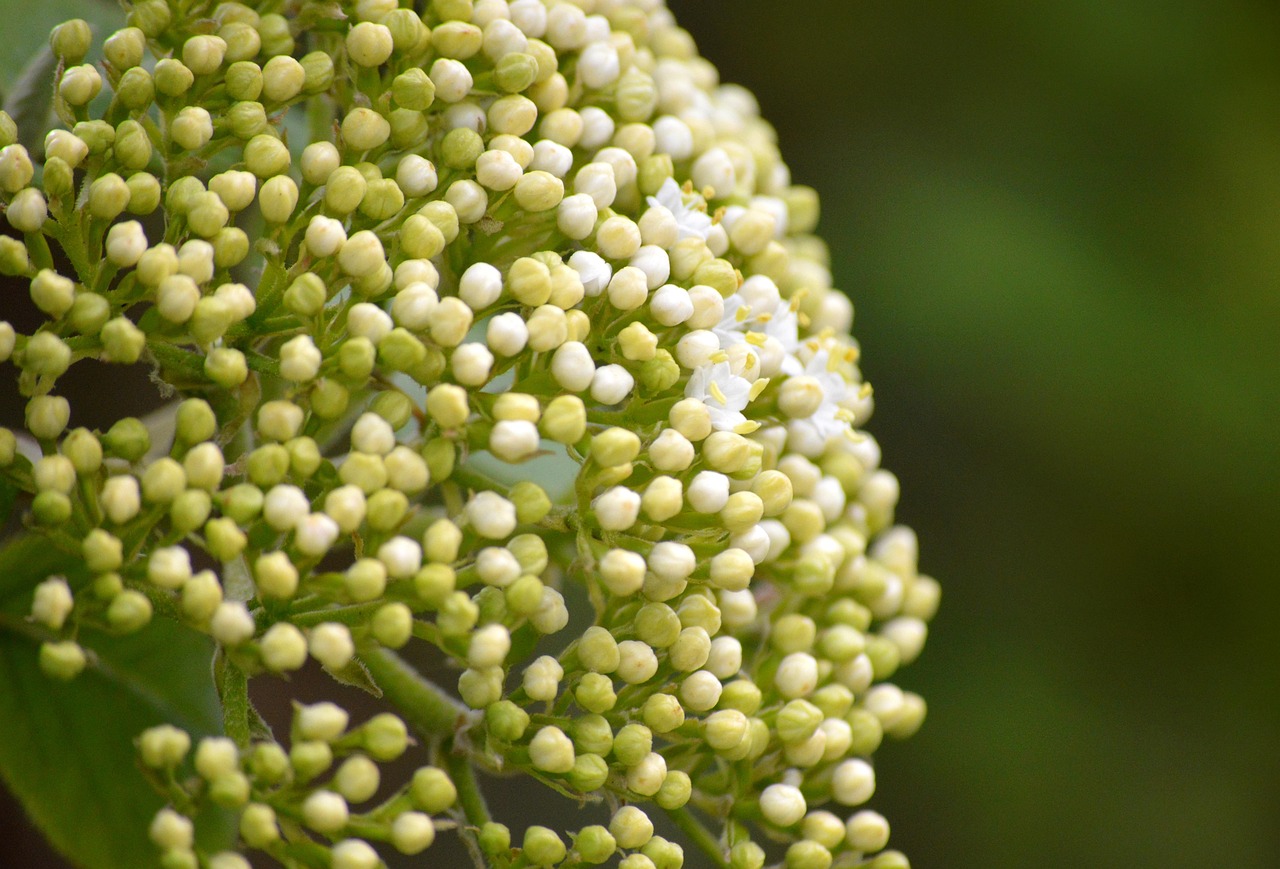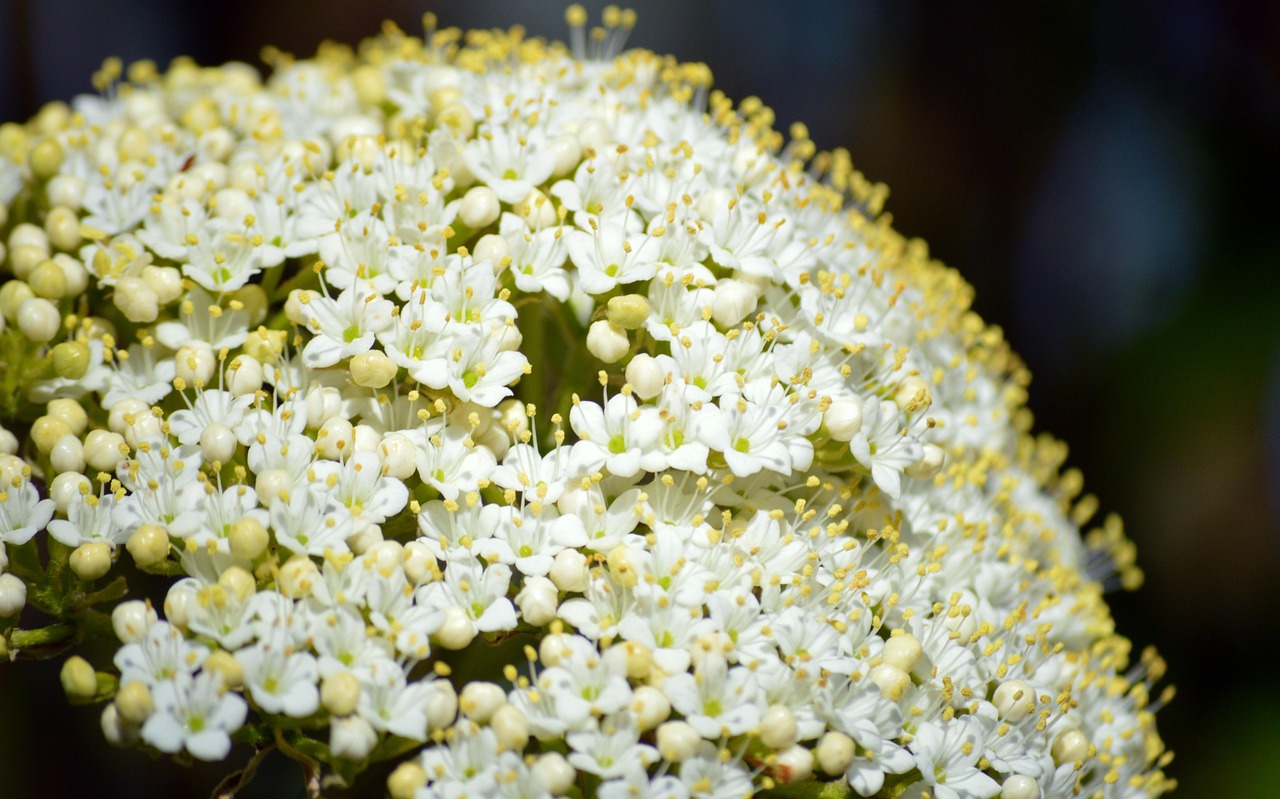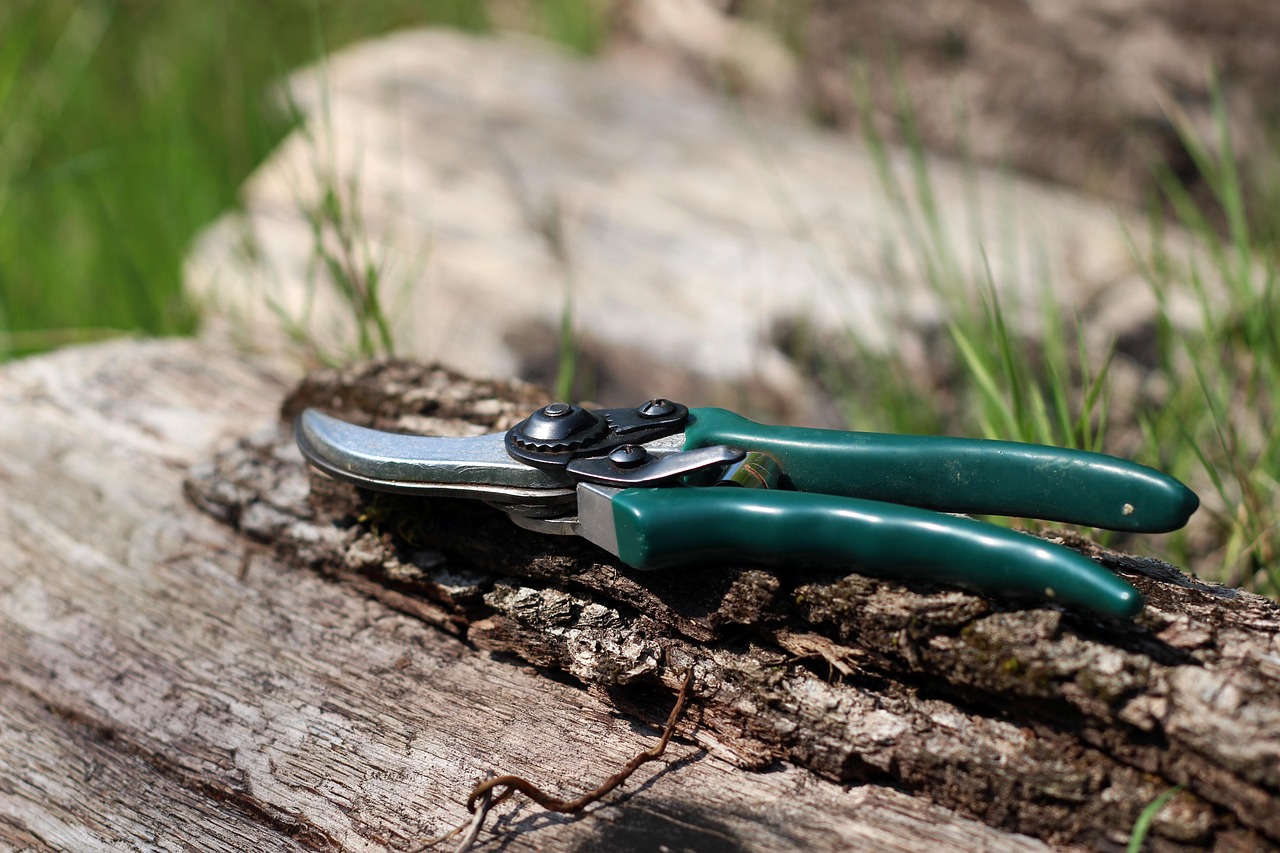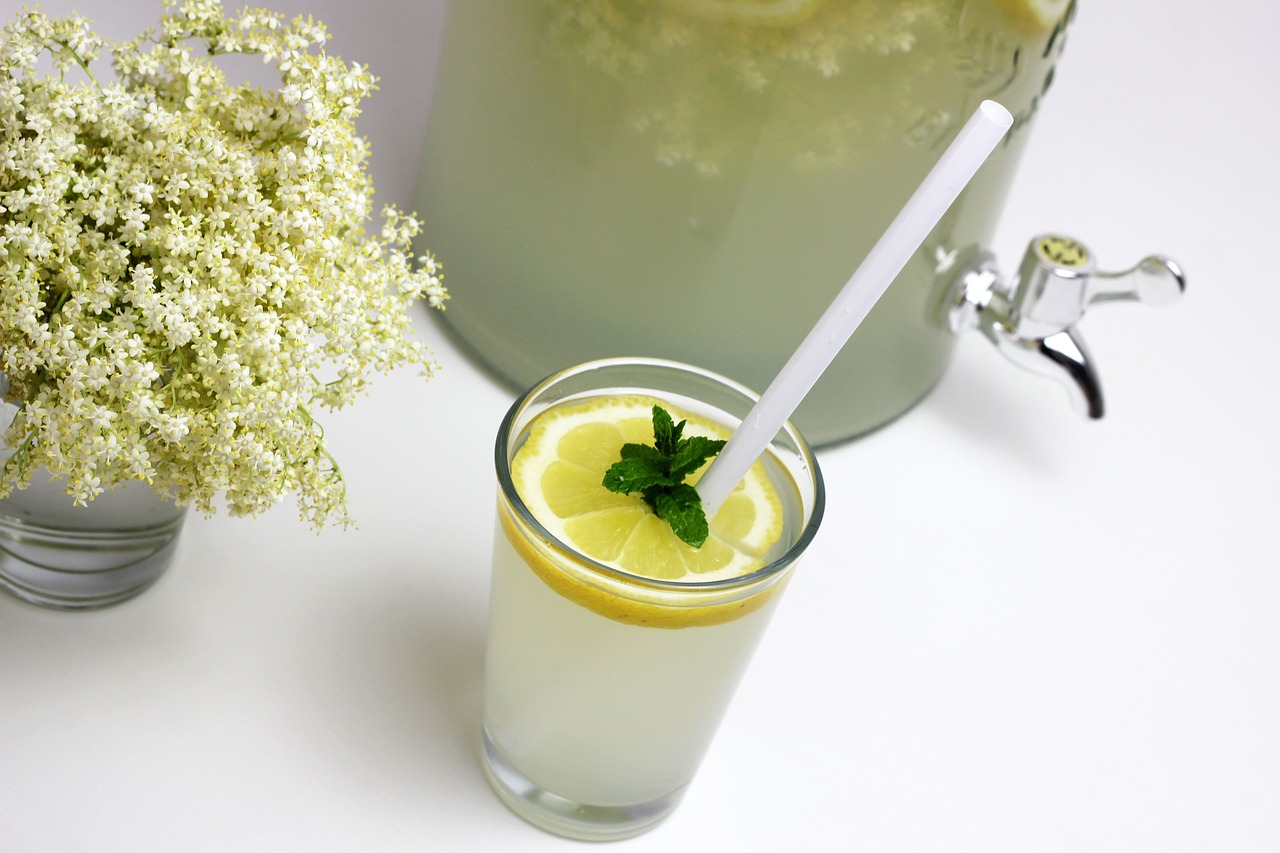Pruning elderberry bushes is essential for enhancing their health, promoting better airflow, and increasing fruit yields. Regular pruning helps remove dead or diseased wood and encourages vigorous new growth, leading to larger and more abundant harvests.
Elderberries are popular for their delicious fruits and numerous health benefits. These shrubs thrive in various climates and can be an attractive addition to gardens. However, to achieve the best results in terms of fruit production, proper care is necessary. Among the most critical maintenance tasks is pruning. This process not only improves the overall structure of the plant but also plays a significant role in maximizing berry production.

Understanding the growth habits of elderberry bushes is crucial. They typically grow rapidly and can reach heights of 6 to 12 feet. The branches can become dense, which may inhibit sunlight penetration and airflow. Therefore, pruning is vital to maintain a healthy bush and ensure that all parts receive adequate light. Additionally, pruning helps prevent diseases by reducing overcrowding, which can create a humid environment conducive to fungal growth.
Benefits of Pruning Elderberry Bushes
Pruning provides several benefits that contribute to healthier plants and improved harvests. Here are some key advantages:
- Improves Air Circulation: Removing excess branches enhances airflow, reducing the risk of diseases.
- Encourages New Growth: Cutting back old wood stimulates the growth of fresh shoots, which produce more fruit.
- Increases Sunlight Exposure: Pruning allows sunlight to reach inner branches and leaves, promoting better photosynthesis.
- Controls Size: Regular pruning helps maintain a manageable size for easier harvesting and care.
To maximize these benefits, it’s essential to understand when and how to prune elderberry bushes effectively. Timing is crucial, as improper pruning can lead to reduced fruit yields or even damage the plant.

When to Prune Elderberry Bushes
The best time to prune elderberry bushes is during late winter or early spring, before new growth begins. This timing helps minimize stress on the plant while allowing it to recover quickly once the growing season starts. Here are some considerations regarding timing:
| Season | Activities |
|---|---|
| Late Winter | Ideal for structural pruning and removing older branches. |
| Early Spring | Fine-tune pruning as new buds begin to show. |
| Summer | Avoid heavy pruning; light trimming may be done after fruiting. |
| Fall | Avoid pruning; focus on harvesting instead. |
By following this pruning schedule, you can promote a healthy elderberry bush that yields larger fruits year after year. Understanding the right techniques is equally important as knowing when to prune.
How to Prune Elderberry Bushes
Pruning elderberry bushes involves several steps that focus on removing unwanted growth while encouraging fruitful branches. Here’s a simple guide to effective pruning:

- Gather the Right Tools: Use sharp and clean pruning shears for precise cuts. You may also need loppers for thicker branches.
- Remove Dead or Diseased Wood: Start by cutting away any branches that are dead, damaged, or diseased. This step is crucial for maintaining plant health.
- Thin Out Overcrowded Areas: Identify areas where branches are crossing or densely packed. Thin out these areas to improve airflow and sunlight exposure.
- Cut Back Older Canes: For mature bushes, cut back older canes to ground level every few years. This encourages new growth from the base.
- Shape the Bush: Maintain a balanced shape by cutting back any branches that disrupt the overall appearance.
This structured approach to pruning will enhance the health and productivity of your elderberry bushes. It ensures that they remain vibrant and fruitful throughout their lifespan.
In addition to regular pruning, consider other aspects of elderberry care, such as soil health and pest management. Together, these practices will lead to a bountiful harvest in the years to come.
Understanding Elderberry Varieties
Before diving deeper into the specifics of pruning, it’s important to understand the different varieties of elderberries and their unique characteristics. This knowledge can help you tailor your pruning strategy to specific needs. The two most common types of elderberry are the American elderberry (Sambucus nigra subsp. canadensis) and the European elderberry (Sambucus nigra).

| Variety | Characteristics | Best Uses |
|---|---|---|
| American Elderberry | Grows up to 12 feet tall, produces clusters of white flowers followed by dark purple berries. | Used for jams, jellies, wines, and medicinal purposes. |
| European Elderberry | Taller than the American variety, with a more robust flavor. Berries are often used after cooking. | Commonly used in syrups and desserts. |
Understanding these differences can help you make informed decisions about pruning and caring for your elderberry bushes. Each variety may have slightly different growth habits and fruiting times, which can influence how and when to prune.
Tools for Pruning Elderberry Bushes
Having the right tools is essential for effective pruning. Here are some recommended tools along with their purposes:
- Pruning Shears: Ideal for cutting small branches and shaping the bush.
- Loppers: Useful for cutting thicker branches that pruning shears cannot handle.
- Saw: A small hand saw may be necessary for larger limbs that need to be removed.
- Gloves: Protect your hands while working, especially if dealing with thorny varieties.
- Safety Goggles: Protect your eyes from flying debris while cutting branches.
Always ensure that your tools are clean and sharp before you start pruning. This will help you make clean cuts, reducing the risk of disease transmission and ensuring faster healing for the plant.
Common Pruning Mistakes to Avoid
While pruning is essential, there are several common mistakes that can hinder the growth of elderberry bushes. Recognizing these pitfalls can save time and ensure better results:
- Pruning at the Wrong Time: Cutting branches in late fall or during frost can damage the plant. Stick to late winter or early spring.
- Over-pruning: Removing too many branches can stress the plant and reduce fruit yields. Aim for a balanced approach.
- Poor Cutting Technique: Always cut at an angle just above a bud to encourage healthy growth. Avoid flat cuts that can lead to dieback.
- Neglecting to Clean Tools: Using dirty tools can spread diseases among plants. Regularly disinfect your tools with rubbing alcohol or a bleach solution.
Avoiding these mistakes will lead to healthier elderberry bushes and better yields in the long run.
Pest and Disease Management
Pests and diseases can affect elderberry bushes, making it crucial to monitor their health regularly. Here are some common pests and diseases along with management strategies:
| Pest/Disease | Description | Management Strategies |
|---|---|---|
| Scale Insects | Small, immobile insects that suck plant sap, leading to weakened plants. | Use insecticidal soap or introduce natural predators like ladybugs. |
| Elderberry Leaf Blight | A fungal disease causing leaf spots and defoliation. | Ensure good air circulation and remove affected leaves promptly. |
| Aphids | Small green or black insects that cluster on new growth, causing curling leaves. | Wash them off with water or apply neem oil as a natural pesticide. |
| Powdery Mildew | A fungal disease appearing as white powder on leaves, typically in humid conditions. | Avoid overhead watering and improve air circulation through proper pruning. |
Regular inspections will help you catch these issues early, allowing for effective management before they escalate into larger problems.
Nutritional Needs for Healthy Growth
The health of elderberry bushes is also influenced by their nutritional needs. Understanding soil requirements can promote better growth and fruit production. Here are some key nutrients needed by elderberry plants:
- Nitrogen: Essential for leafy growth; apply a balanced fertilizer in early spring.
- Phosphorus: Promotes strong root development and flowering; bone meal can be a good source.
- Potassium: Helps improve fruit quality; consider using wood ash or potassium sulfate.
Conducting a soil test can provide valuable information about nutrient levels and pH balance, allowing for more targeted fertilization strategies.
Watering Practices for Elderberry Bushes
Proper watering is essential for the healthy growth of elderberry bushes. These plants thrive in moist, well-drained soil but are also susceptible to root rot if overwatered. Understanding the watering needs of elderberries can significantly impact their health and yield.
Here are some key watering practices to consider:
- Consistent Moisture: Elderberry bushes prefer consistently moist soil, especially during the growing season. Aim to keep the soil damp but not waterlogged.
- Deep Watering: When watering, ensure it penetrates deep into the soil to encourage strong root development. Shallow watering can lead to weak roots.
- Mulching: Apply a layer of organic mulch around the base of the bushes. This helps retain moisture, suppress weeds, and regulate soil temperature.
- Monitoring: Regularly check soil moisture levels. A simple finger test—sticking your finger into the soil up to your first knuckle—can help determine if watering is needed.
During dry spells or unusually hot weather, be particularly vigilant about watering. On the other hand, reduce watering in cooler months when the plants are dormant.
Harvesting Elderberries
Once you have successfully pruned and cared for your elderberry bushes, it’s time to enjoy the fruits of your labor. Proper harvesting techniques can enhance the quality of the berries and ensure a bountiful yield.
When to Harvest
Elderberries typically ripen in late summer to early fall. The berries are ready for harvest when they turn a deep purple-black color and are fully plump. Here are some signs to look for:
- The clusters should be firm but not overly hard.
- The berries should easily detach from the cluster with a gentle tug.
- A sweet aroma indicates ripeness.
Harvesting Techniques
When harvesting elderberries, it is important to handle them with care to avoid bruising. Follow these steps for effective harvesting:
- Use Clean Tools: Use clean scissors or pruning shears to cut the clusters from the bush.
- Cut Clusters: Cut whole clusters rather than picking individual berries to minimize damage.
- Avoid Overripe Berries: Discard any overripe or shriveled berries during harvesting.
- Store Properly: Place harvested berries in a cool, dry place or refrigerate them immediately to maintain freshness.
Processing Elderberries
Elderberries are versatile and can be used in various recipes once harvested. However, they must be processed correctly due to the presence of toxic components in raw elderberries. Here are some common methods of processing:
| Processing Method | Description |
|---|---|
| Cooking | Cooking elderberries eliminates toxicity. Use them in jams, jellies, syrups, or baked goods. |
| Making Syrup | Elderberry syrup is popular for its health benefits. Combine cooked berries with sugar and water. |
| Freezing | Elderberries can be frozen for later use. Spread them on a baking sheet before transferring them to a freezer bag. |
Always ensure that elderberries are cooked before consumption to avoid any adverse effects from toxins found in raw berries. This processing will allow you to enjoy their flavor and health benefits safely.
Companion Planting with Elderberries
Companion planting refers to growing different plants together for mutual benefits. Certain plants can enhance the growth of elderberry bushes and improve overall garden health. Consider these companion plants:
- Asparagus: Helps repel pests that may harm elderberries.
- Mint: Acts as a natural pest deterrent while providing a pleasant aroma.
- Cabbage Family: These plants can benefit from the nutrients elderberries release into the soil.
- Garlic: Helps repel insects and diseases, protecting nearby plants.
Avoid planting elderberries near plants that prefer dry conditions, as elderberries thrive in moist environments. By incorporating companion plants wisely, you can create a more balanced ecosystem in your garden.
Caring for Elderberry Bushes Year-Round
Caring for elderberry bushes involves more than just pruning and harvesting. Year-round attention will ensure they stay healthy and productive. Here are important care tips throughout the seasons:
- Spring: Focus on pruning and fertilizing as new growth begins. Monitor for pests as they become active.
- Summer: Keep the bushes well-watered during hot spells. Harvest berries when ripe and watch for signs of disease.
- Fall: After harvesting, clean up fallen leaves and debris to prevent disease. Mulch around the base for winter protection.
- winter: Protect young bushes from extreme cold with burlap wraps or mulch. Avoid heavy pruning until late winter.
This comprehensive care routine will support healthy growth and ensure that your elderberry bushes thrive, leading to better and bigger harvests year after year.
Enhancing Your Elderberry Experience
To make the most of your elderberry bushes, consider additional practices that can enhance your growing experience and fruit yield. These practices not only support the physical health of the plants but also enrich the overall gardening experience.
Creating a Biodiverse Garden
Biodiversity is crucial in any garden. A diverse ecosystem attracts beneficial insects and birds, which can help with pollination and pest control. Here are some tips to enhance biodiversity in your elderberry garden:
- Plant Native Species: Incorporate native plants that thrive in your region. They will attract local pollinators and support wildlife.
- Create Habitats: Provide shelter for beneficial insects by adding features like insect hotels or brush piles.
- Rotate Crops: Practice crop rotation to prevent soil depletion and reduce pest buildup.
By fostering a biodiverse environment, your elderberry bushes will benefit from improved pollination and natural pest management, leading to healthier plants and better yields.
Utilizing Elderberry Products
Elderberries are not just delicious; they also offer numerous health benefits. By utilizing various elderberry products, you can make the most of your harvest:
- Elderberry Syrup: A popular remedy for colds and flu, elderberry syrup can be easily made at home.
- Elderflower Cordial: The flowers can be used to make a refreshing drink, perfect for summer.
- Dried Berries: Dried elderberries can be used in teas, baked goods, or added to oatmeal for extra nutrition.
Experimenting with different elderberry products can help you explore new culinary delights while maximizing the use of your harvest.
Educating Yourself and Others
Staying informed about elderberry care can greatly impact your success as a gardener. Consider these educational opportunities:
- Attend Workshops: Look for local gardening workshops that focus on fruit bushes or specifically elderberries.
- Join Gardening Clubs: Connect with fellow gardeners to share experiences and tips.
- Read Books and Articles: There are many resources available that cover elderberry cultivation comprehensively.
By educating yourself and engaging with others, you can gain valuable insights into elderberry cultivation and enhance your gardening skills.
Final Thoughts
Pruning and caring for elderberry bushes can lead to a rewarding gardening experience, resulting in lush plants and abundant fruit harvests. By understanding the specific needs of your elderberries — from pruning techniques to pest management and nutritional requirements — you can create an ideal environment for growth.
Remember that gardening is a journey filled with learning opportunities. Embrace the process, stay observant, and adapt your practices based on what works best for your specific growing conditions. The combination of proper pruning, diligent care, and continual education will not only improve the health of your elderberry bushes but also enrich your overall gardening experience.
With patience and dedication, your efforts will yield delicious elderberries that you can enjoy fresh, in preserves, or in various recipes. Celebrate the fruits of your labor as you cultivate this versatile and beneficial plant in your garden.
